The changes from ISO/TS 16949:2009 to IATF 16949:2016
1. Important Dates:
Saturday 1st October 2016 – Release of standard
Tuesday 1st November 2016 – Release of rules
Monday 2nd January 2017 – Date from which the new standard will be in effect
Friday 14th September 2018 – Date by which all organizations must transition to the new standard
2. Organizations with INITIAL CERTIFICATION TO IATF 16949
All organizations seeking initial certification can be certified to ISO/TS 16949:2009 until 1 October 2017 however the ISO/TS 16949:2009 certificate will only be valid until 14 September 2018.
After 1 October 2017, the organization can ONLY be audited and certified to IATF 16949 standard
3. Organizations with an existing ISO/TS16949 certification
After 1 October 2017 no audits (initial, surveillance, recertification or transfer) shall be conducted to ISO/TS 16949:2009.
Organizations certified to ISO/TS 16949:2009 shall transition to the new IATF 16949, through
a transition audit in line with the current audit cycle for ISO/TS 16949:2009 (i.e. at a regularly
scheduled recertification audit or surveillance audit), according to the allowable timing
requirements defined in the IATF Rules, section 5.1.1.

What are the changes from ISO/TS 16949 to IATF 16949?
4. Key changes to the IATF 16949:2016
- Incorporation of some of the original equipment manufacturer (OEM) customer specific requirements (CSRs) to reduce the complexity and number of CSRs for suppliers to implement, and for certification bodies (CB) to audit
- Enhancement of product traceability requirements
- Inclusion of requirements for safety related parts and processes
- Inclusion of requirements for products with embedded software
- Inclusion of a warranty management process addressing no trouble found (NTF) and the use of automotive industry guidance
- Clarification of sub-tier supplier management and development requirements
- Addition of corporate responsibility requirements
- Use Annex SL High Level Structure, as the same structure with ISO 9001:2015

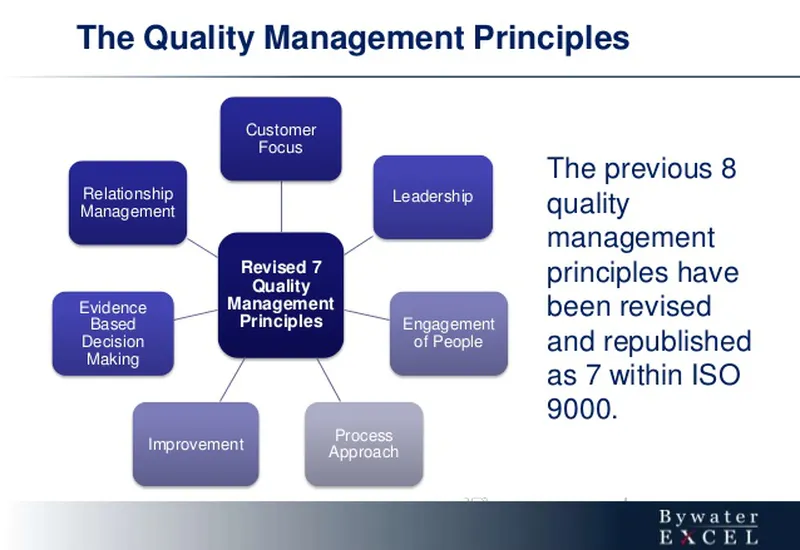
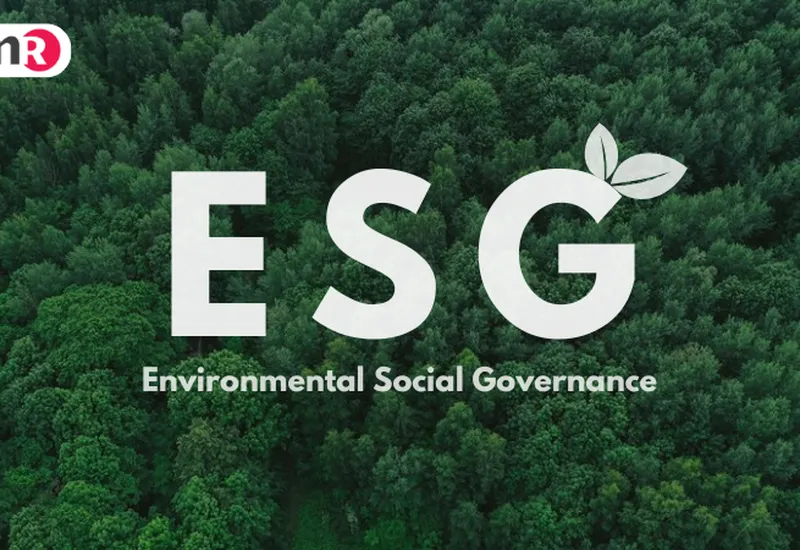

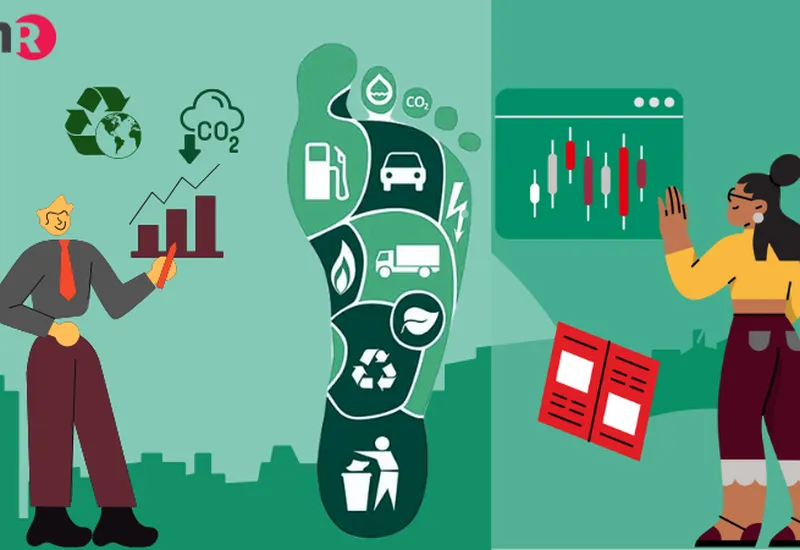
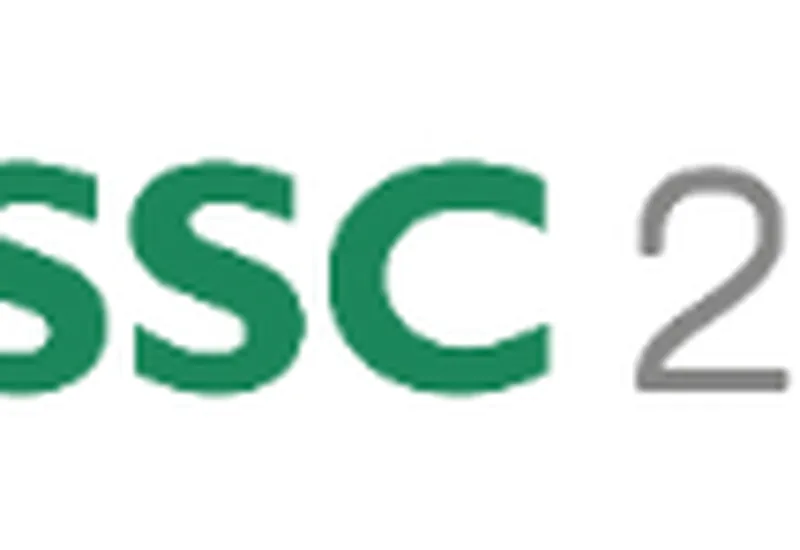

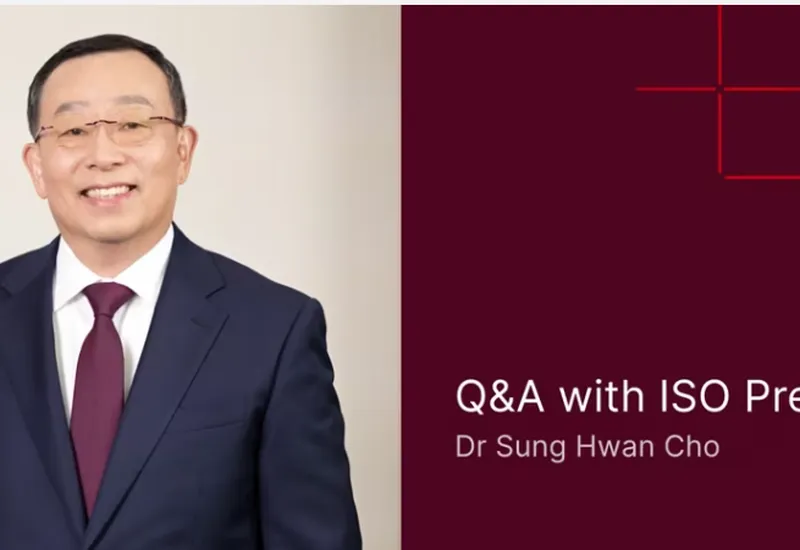
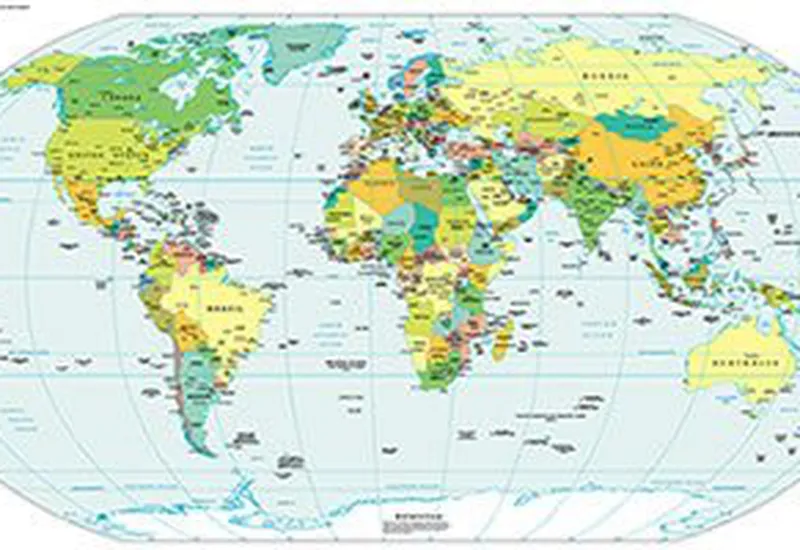


main.comment_read_more